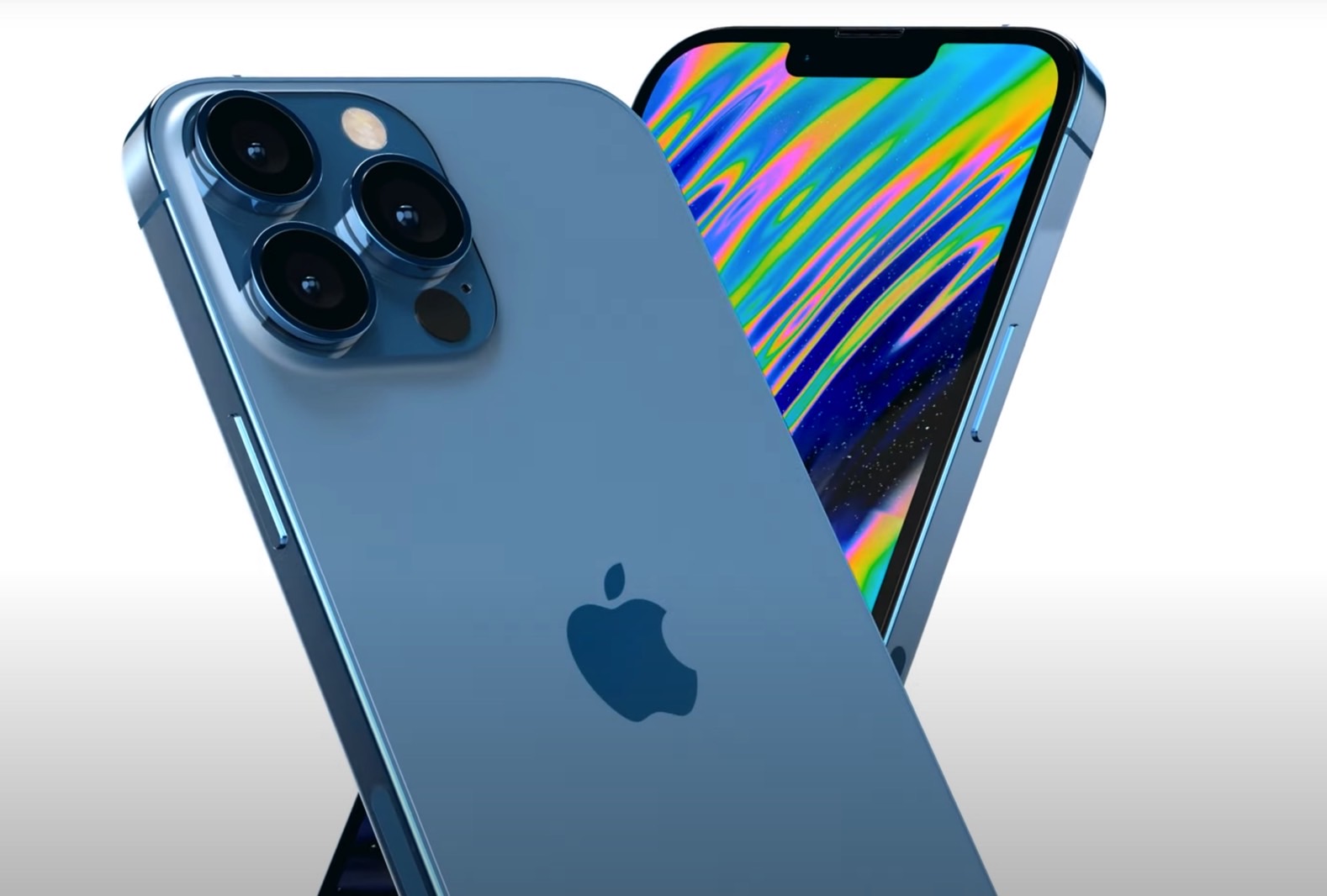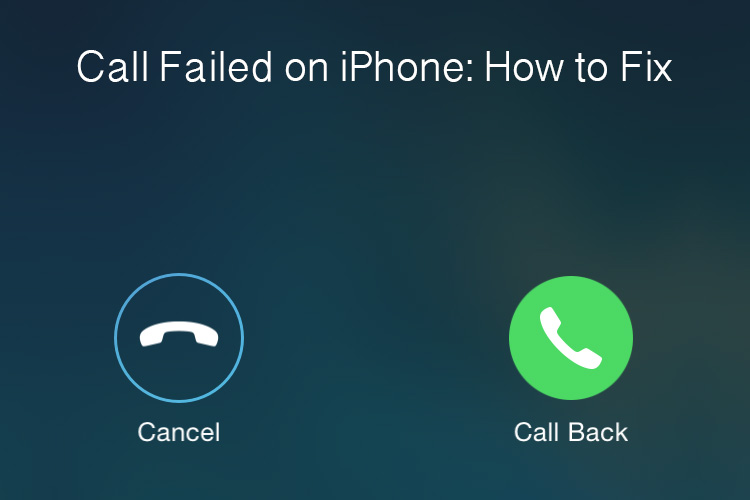If you own an iPhone 13 or iPhone 13 Pro, you might have encountered a frustrating issue where your device displays messages like “No SIM card installed” or “Invalid SIM.” Rest assured, you are not alone. Many iPhone 13 users have experienced SIM card problems that prevent them from making calls, sending texts, or accessing the internet via cellular connection. In this comprehensive guide, we will explore the common causes of these issues and provide you with practical solutions to resolve them.
Understanding the Importance of the SIM Card
Before we dive into troubleshooting, let’s first understand the significance of the SIM card. The SIM card, or Subscriber Identity Module, establishes a unique connection between your phone number and your device. It enables you to make calls, send texts, and access the internet over cellular networks. Without a properly functioning SIM card, your iPhone 13 or iPhone 13 Pro becomes limited in its capabilities.
Common Causes of SIM Card Issues on iPhone 13
There are several factors that can contribute to SIM card problems on your iPhone 13 or iPhone 13 Pro. Let’s explore some of the common causes:
Misplaced or damaged SIM card: Sometimes, a simple issue such as an incorrectly inserted or damaged SIM card can lead to connectivity problems.
System malfunction: Glitches in the system software can cause your device to fail to recognize the SIM card properly.
Software update issues: Occasionally, a faulty software update can disrupt the functioning of the SIM card.
Now that we understand the potential causes, let’s move on to the solutions. We will present various troubleshooting steps in a systematic manner, starting with the quickest and easiest fixes.
Solutions to Fix SIM Card Issues on iPhone 13
Solution #1: Confirm Your Cellular Plan
Before diving into technical troubleshooting, it’s important to ensure that you have an active cellular plan with your carrier. Double-check your plan’s status and verify that your phone number is in good standing. Contact your carrier directly or check their app to confirm the status of your account.
Solution #2: Toggle Airplane Mode On and Off
An effective way to refresh your device’s network connection is to toggle Airplane Mode on and off. This simple step can resolve various network-related issues, including problems with SIM card recognition. Follow these steps:
- Swipe up from the bottom of the screen to access the Control Center.
- Tap the Airplane Mode icon (a circle with a white airplane) to enable it. Wait a few seconds and then tap it again to disable Airplane Mode.
Solution #3: Restart Your iPhone
A classic troubleshooting technique that often resolves minor software glitches is to restart your iPhone. Follow these steps to perform a restart:
- Go to “Settings” on your iPhone’s home screen.
- Scroll down and tap “General.”
- Scroll to the bottom and tap “Shut Down.”
- Slide the power button from left to right to turn off your device.
- After your iPhone has shut down completely, press and hold the power button until the Apple logo appears, indicating that your device is powering back on.
Solution #4: Remove and Reinsert the SIM Card
Sometimes, the issue lies with a misplaced or damaged SIM card. By removing and reinserting the SIM card, you can ensure it is properly seated in the tray and make sure there are no physical damages. Here’s how you can do it:
- Power off your iPhone.
- Locate the SIM card tray, usually on the right side of the device.
- Use a SIM card removal tool or a straightened paperclip to eject the tray by inserting it into the small hole next to the tray.
- Gently remove the SIM card from the tray and inspect it for any visible damage.
- If the SIM card appears undamaged, wipe it off with a soft cloth.
- Carefully place the SIM card back into the tray, ensuring it is properly aligned.
- Insert the tray back into your iPhone.
Solution #5: Update iOS
Software updates often include bug fixes that can resolve SIM card issues. Check if there is an iOS update available for your iPhone and install it if necessary. Follow these steps:
- Go to “Settings” on your iPhone.
- Scroll down and tap “General.”
- Tap “Software Update.”
- If an update is available, tap “Download and Install.”
- Make sure to back up your iPhone before proceeding with the update.
Solution #6: Check for Carrier Settings Update
Similar to iOS updates, your carrier may release occasional updates to improve cellular connectivity. Check for carrier settings updates and install them if prompted. Here’s how:
- Connect your iPhone to a Wi-Fi network.
- Go to “Settings” on your iPhone.
- Scroll down and tap “General.”
- Tap “About.”
- If a carrier settings update is available, you will see a prompt to update. Follow the on-screen instructions to complete the process.
Solution #7: Reset Network Settings
Resetting your network settings can help resolve software-related issues affecting your iPhone’s connectivity. Follow these steps to reset your network settings:
- Go to “Settings” on your iPhone.
- Scroll down and tap “General.”
- Scroll to the bottom and tap “Reset.”
- Tap “Reset Network Settings.”
- Enter your iPhone’s passcode if prompted.
- Confirm the reset by tapping “Reset Network Settings” again.
Please note that resetting network settings will remove saved Wi-Fi passwords, so make sure to have them handy before proceeding.
Solution #8: Test with Another SIM Card
To determine if the issue lies with the SIM card itself, try using a different SIM card. Borrow one from a friend or visit your carrier’s store to obtain a test SIM card. Insert the alternative SIM card into your iPhone and check if the error message disappears. If the problem persists, it is likely not related to the SIM card.
Solution #9: Factory Reset Your iPhone
If all else fails, a factory reset can potentially resolve persistent SIM card issues. However, be aware that a factory reset erases all data on your device, so make sure to back up your iPhone beforehand. Follow these steps to perform a factory reset:
- Go to “Settings” on your iPhone.
- Scroll down and tap “General.”
- Scroll to the bottom and tap “Reset.”
- Tap “Erase All Content and Settings.”
- Enter your passcode when prompted.
- Confirm the reset by tapping “Erase iPhone.”
If none of the solutions mentioned above resolve the SIM card issues on your iPhone 13, it is advisable to seek assistance from your carrier’s customer support, Apple support, or visit an Apple Store for further troubleshooting. They can help diagnose any hardware-related problems and provide appropriate solutions.
Conclusion
Dealing with SIM card issues on your iPhone 13 can be frustrating, but with the troubleshooting steps outlined in this comprehensive guide, you can resolve most common problems. Remember to check your cellular plan, toggle Airplane Mode, restart your device, and try other solutions mentioned above. By following these steps, you can regain the full functionality of your iPhone 13 and enjoy uninterrupted communication and connectivity.
If you have encountered other solutions not mentioned in this article, we would love to hear about them! Feel free to share your experiences and insights in the comments below.
Remember, with a little patience and the right troubleshooting steps, you can overcome SIM card issues and get back to enjoying your iPhone 13 to its fullest potential.







